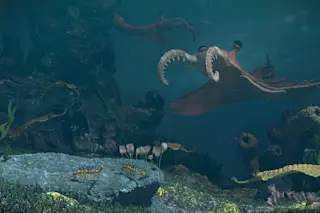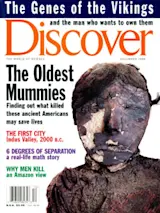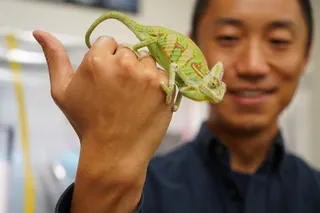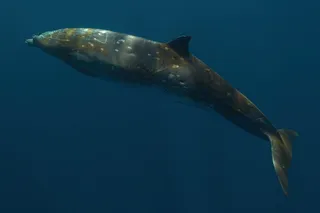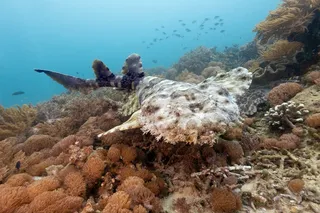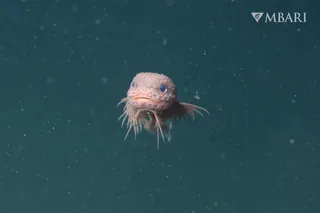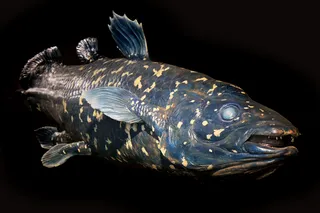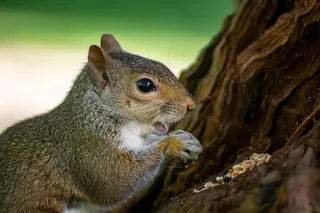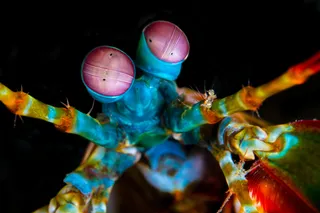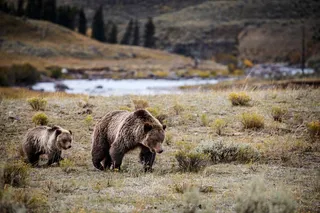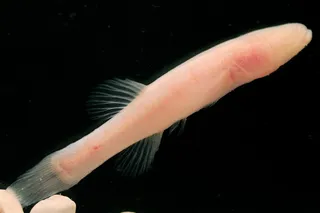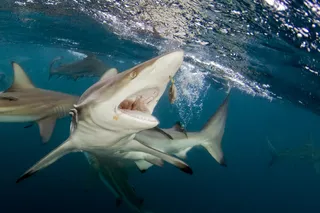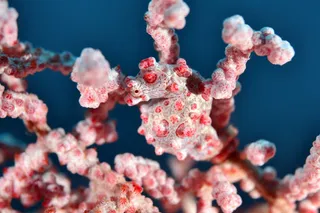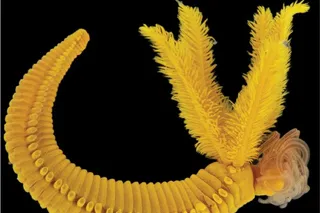There has been no lack of theories to explain the phenomenon of the Cambrian explosion. Some propose that the Cambrian explosion was propelled by a surge in oxygen levels, while others argue for a decline in carbon dioxide.
However, an innovative hypothesis put forth by an Australian biologist suggests a new perspective: the advent of eyes ignited the Cambrian explosion. Learn how the development of vision and the ability to perceive and respond to color may have played a pivotal role in the rapid diversification of life during the Cambrian Period.
The Cambrian explosion is commonly referred to as evolution's Big Bang. The Cambrian Period began some 543 million years ago. Astonishing fossil records reveal the first appearance of various marine organisms, such as trilobites, brachiopods, mollusks, arthropods, and primitive chordates.
These organisms exhibited an impressive range of body forms, including the first evidence of hard skeletons and shells. Within ...


